Sprint Training
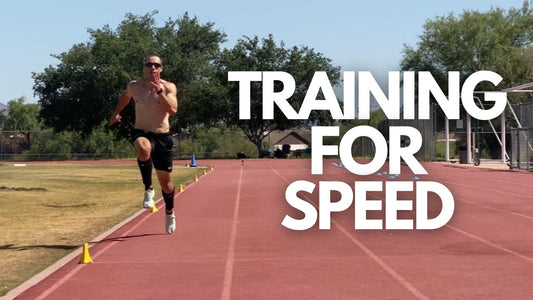
Training For Speed - Methods, Progressions & Ti...
Speed training is fundamentally the primary way to train in order to sprint faster. Social media influencers and coaches throw the term speed training around loosely, when in reality it...
Training For Speed - Methods, Progressions & Ti...
Speed training is fundamentally the primary way to train in order to sprint faster. Social media influencers and coaches throw the term speed training around loosely, when in reality it...
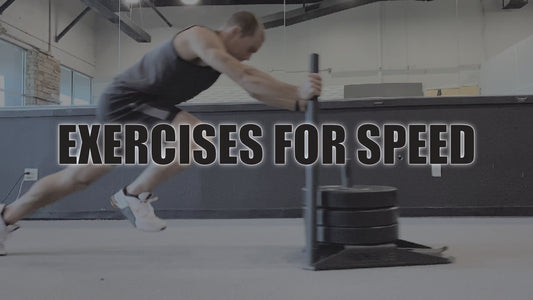
The Best Exercises To Increase Speed
The Best Exercises to Increase Speed Based on my experience as a track & field sprinter and speed coach, there are a number of training methods and exercises you can...
The Best Exercises To Increase Speed
The Best Exercises to Increase Speed Based on my experience as a track & field sprinter and speed coach, there are a number of training methods and exercises you can...

6 Tips To Increase Sprint Training Intensity
6 Ways To Intensify Sprint Training So You Can Run Faster As training progresses toward the track season, the intensity of sprint training needs to increase. For the sake of this...
6 Tips To Increase Sprint Training Intensity
6 Ways To Intensify Sprint Training So You Can Run Faster As training progresses toward the track season, the intensity of sprint training needs to increase. For the sake of this...
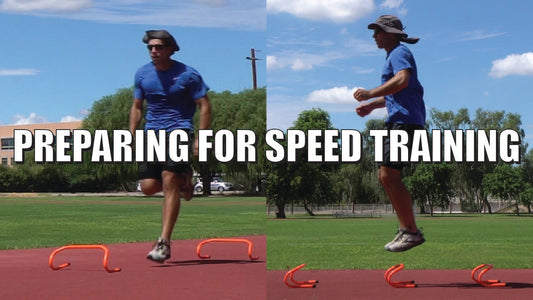
Off-Season Speed Training Workout For Sprinters
Off-Season Speed Training For Sprinters Here is a speed development workout that is optimal for sprinters during their off-season or pre-season training phase. This workout offers a great introductory session...
Off-Season Speed Training Workout For Sprinters
Off-Season Speed Training For Sprinters Here is a speed development workout that is optimal for sprinters during their off-season or pre-season training phase. This workout offers a great introductory session...
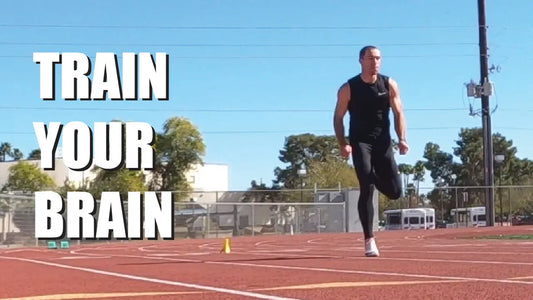
Speed Training Exercises For The Brain | Traini...
I have spent years performing speed training trying to get faster, and one of the most important things I have learned is how important the brain is when it comes...
Speed Training Exercises For The Brain | Traini...
I have spent years performing speed training trying to get faster, and one of the most important things I have learned is how important the brain is when it comes...
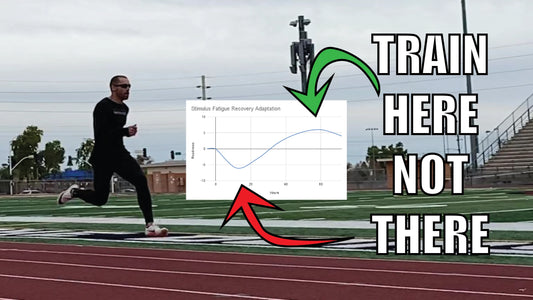
Supercompensation | Stimulus, Fatigue, Recovery...
Putting together a high quality workout is something we can all agree is important if we want to develop as athletes. What is more important though is how these training...
Supercompensation | Stimulus, Fatigue, Recovery...
Putting together a high quality workout is something we can all agree is important if we want to develop as athletes. What is more important though is how these training...